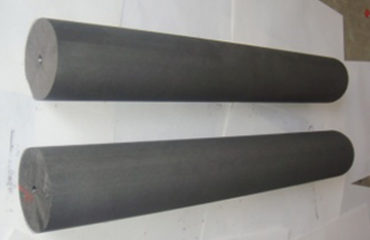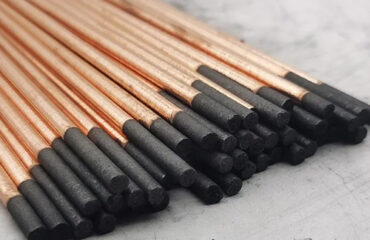1. The difference between graphite and graphite blocks is the appearance of solid graphite, more commonly made of synthetic graphite, graphite mold and so on. It also uses small graphite blocks made from flake graphite, such as carbon brushes. Most of graphite is powdered, such as soil graphite, flake graphite and so on.
2. Graphite shape characteristic graphite soft, black gray; greasy feeling, can pollute paper. The hardness is 1~2, and the hardness increases to 3~5 with the increase of impurities along the vertical direction. The proportion is 1.9 to 2.3. The specific surface area is concentrated in 1–20m2/g, and its melting point is above 3000 C under the condition of oxygen isolation. It is one of the most temperature resistant minerals. It is capable of conducting and conducting heat.
3. The role of graphite plates in the smelting industry. In the smelting industry, graphite crucible is made of graphite, which is used as a protective agent for ingots and magnesia carbon bricks lined with furnaces.
4. Graphite is widely used. Graphite materials are widely used in chemical, electronic, steel, pharmaceutical and other industries due to their excellent thermal conductivity and excellent anti-corrosion properties.
5. Graphite is one of the crystalline minerals of carbon element. Graphite is one of the crystalline minerals of carbon. It has excellent properties such as lubricity, chemical stability, high temperature resistance, electrical conductivity, special thermal conductivity, plastic and coating properties. It is widely used in the field of application.
6. Graphite how to purify physical purification, that is, high temperature purification, using the nature of high temperature graphite, put it in the electric furnace, the air is heated to 2500 degrees, so that the ash (impurities) volatilization, thus improving the grade of the concentrate. High purity graphite with a grade of 99.9% can be obtained by high temperature purification.


